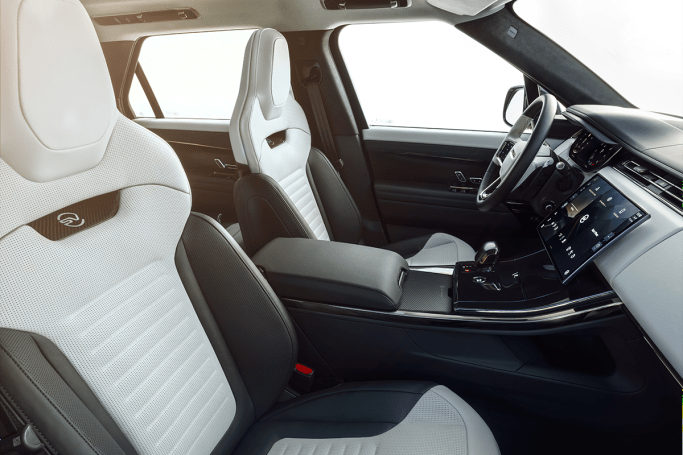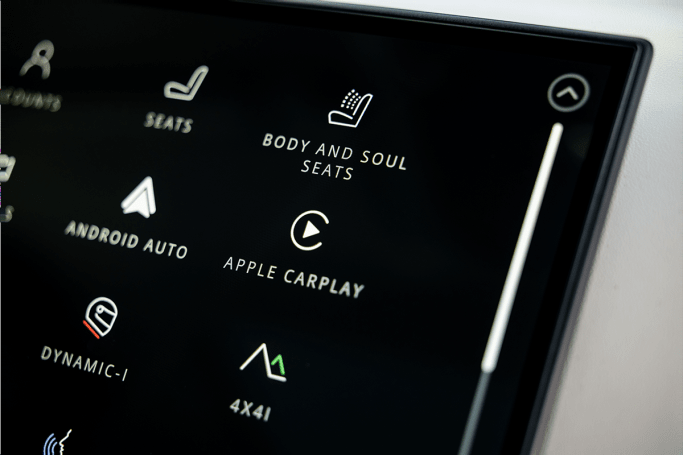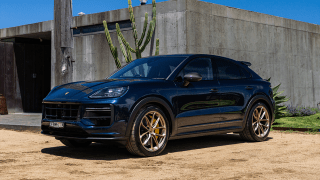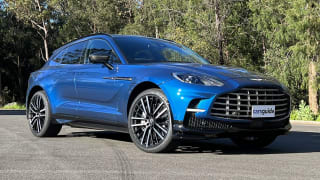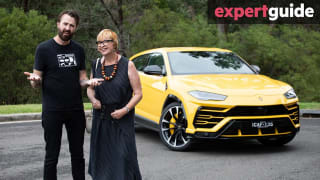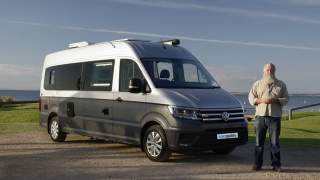To be blunt, the Range Rover Sport SV is one of those vehicles that if you have to ask, you can’t afford. Particularly in this case, as the model has launched in a single specification level, the Sport SV Edition One, which is priced from $360,800, plus on-road costs.
That puts it into the same financial category as the likes of the Aston Martin DBX ($356,512), Porsche Cayenne Turbo GT Coupe ($364,700) and Lamborghini Urus ($409,744) - especially when we discuss some of the pricier options.
For that price the Sport SV Edition One comes with exclusive branding on the front splitter, centre console, treadplates and puddle lamps as well as a raft of standard features likely to carry-over to the 2025 model year version.

These include carbon-fibre badges, forged 23-inch alloy wheels, digital LED headlights, a carbon-fibre bonnet, 16-way electronically adjustable front seats, Meridian 'Signature' sound system, 13.1-inch multimedia touchscreen, Apple CarPlay and Android Auto and newly developed ‘Body and Soul Seats’ (more on those later).
But if you’re feeling really sporty, you can upgrade your Sport SV with lightweight carbon fibre wheels and carbon ceramic brakes.
These will cost you a staggering $16,130 and $13,500, respectively, but the wheels measure 23-inches and are the largest fitted to a production car (and are also Australian-made by Carbon Revolution in Geelong).
Unfortunately, for now at least, this is all a moot point because Range Rover Australia has already invited and sold all examples of the Sport SV Edition One, so you'll need to be patient and wait until at least 2025 to have the option to buy one.





